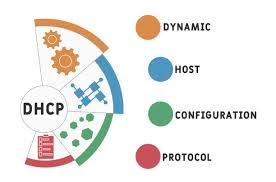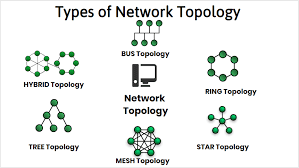Wireless Network Security Market Size, Status, Revenue and Business Scenario-Juniper Networks, Inc., Cisco Systems

The global Wireless Network Security Market research report gives point to point breakdown along with the data of Wireless Network Security market analytical study, regional analysis, growth factors and leading companies. The research report about the market provides the data about the aspects which drive the expansion of industry. The Wireless Network Security market consists of large key companies who play a vital role in the production, manufacturing, sales and distribution of the products so that the supply & demand chain are met. A complex examination of the worldwide share of past as well as future with certain trends is catered to in current report. The Wireless Network Security market is expected to register a CAGR of over 12.5% over the forecast period. The increasing consumer propensity toward adopting wireless devices in residential and commercial spaces is augmenting the wireless network security demand. Top Key Players are covered in this report: Juniper Networks, Inc.







